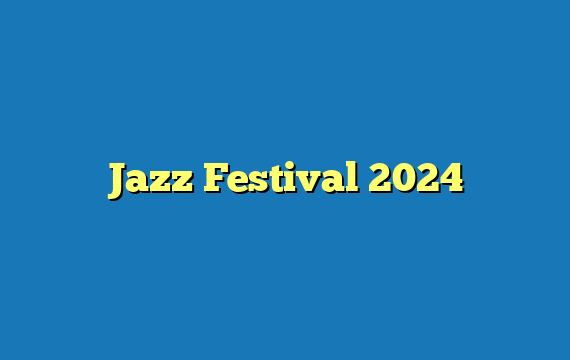## Woodstock: The Birthplace of the Counterculture
**Introduction**
Woodstock, a three-day music and arts festival held in Bethel, New York, from August 15-18, 1969, has become synonymous with the counterculture movement of the 1960s. It was a time of great social and political upheaval, and Woodstock provided a platform for the expression of anti-war, environmental, and civil rights sentiments. This article will explore the history, impact, and legacy of the Woodstock festival.
**Conception and Planning**
The idea for Woodstock originated with four young entrepreneurs: Michael Lang, Artie Kornfeld, John Roberts, and Joel Rosenman. They envisioned a “3 Days of Peace & Music” festival that would attract top musical acts and a large crowd. They initially planned to hold the festival in Wallkill, New York, but local opposition forced them to move the venue to Bethel, a small town in Sullivan County.
**The Festival**
Woodstock was scheduled to begin on Friday, August 15, but due to massive traffic jams, the first performance did not start until Saturday morning. Over the next three days, over 400,000 people descended on the festival site. The lineup featured some of the biggest names in music, including Santana, Janis Joplin, Jimi Hendrix, The Who, and Jefferson Airplane.
The festival was characterized by its open and relaxed atmosphere. There were no fences or security checks, and attendees were free to wander the grounds and explore various art installations and workshops. Despite the large crowd, the festival remained remarkably peaceful, with minimal violence or arrests.
**The Music**
The musical performances at Woodstock were legendary. Jimi Hendrix’s rendition of “The Star-Spangled Banner” became an iconic moment in rock history, expressing both the patriotism and disillusionment of the time. Janis Joplin’s powerful vocals and stage presence captivated the audience, and The Who’s blistering set helped establish them as one of the leading rock bands of the era.
Other notable performances included Richie Havens’ improvised opening set, Crosby, Stills, Nash & Young’s debut performance as a group, and Santana’s groundbreaking fusion of rock and Latin music.
**The Impact**
Woodstock had a profound impact on American society. It became a symbol of the counterculture movement, and its message of peace and love resonated with millions of young people. The festival also had a significant economic impact on Bethel and Sullivan County, bringing in an estimated $15 million in revenue.
**The Aftermath**
In the years following Woodstock, the festival site became a pilgrimage site for counterculture enthusiasts. A museum was erected on the property, and the festival’s legacy continued to inspire musicians and activists alike. However, the festival also faced criticism for its lack of organization and its environmental impact.
**The Legacy**
Woodstock remains one of the most iconic events in American history. It was a watershed moment in the counterculture movement, and its message of peace, love, and understanding continues to inspire people today. The festival has been immortalized in film, music, and countless books and articles.
**Conclusion**
Woodstock was more than just a music festival. It was a cultural phenomenon that reflected the hopes and dreams of a generation. Its legacy continues to endure as a symbol of the counterculture movement and a reminder of the power of music to bring people together.



